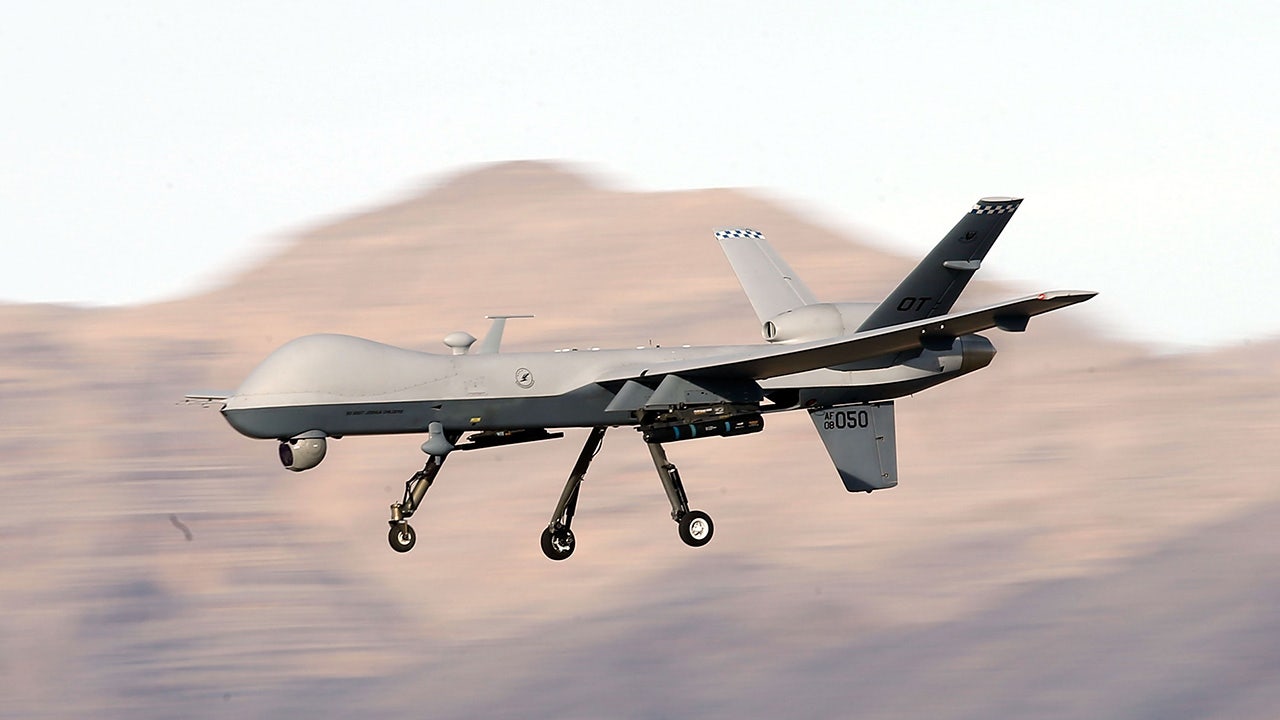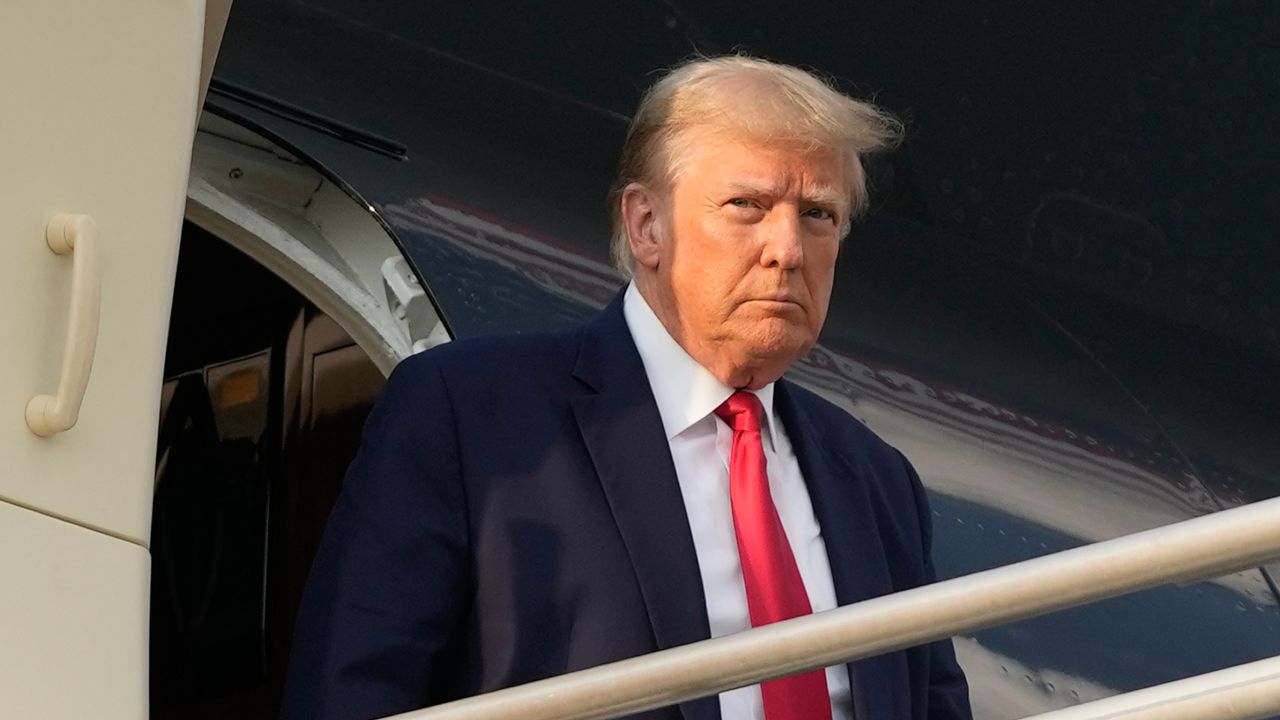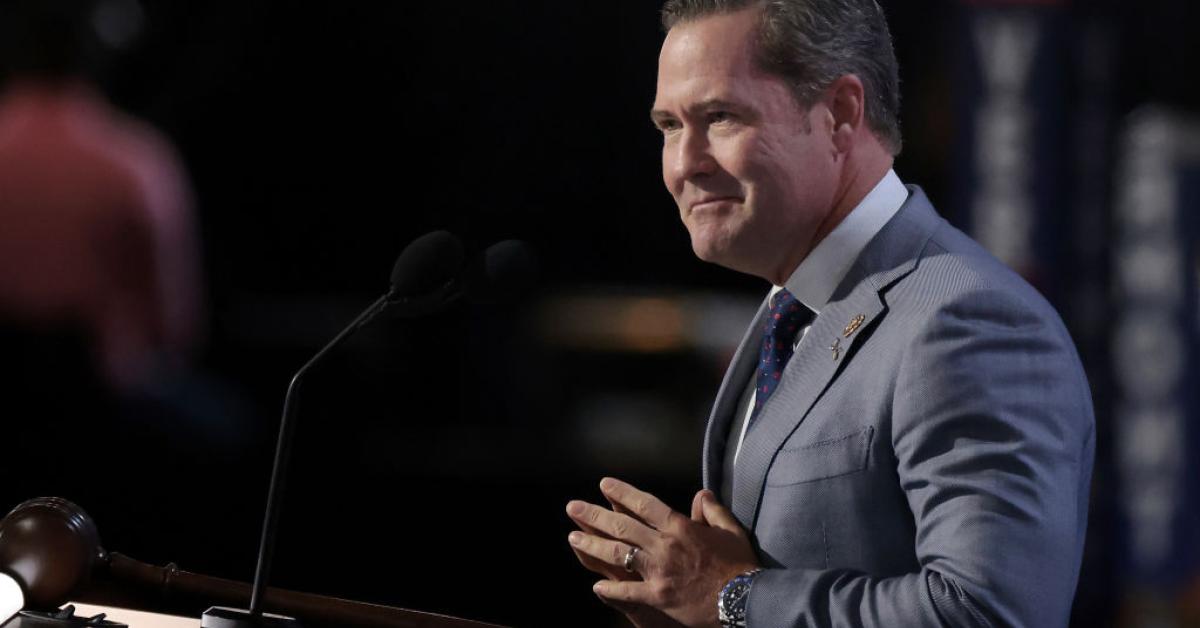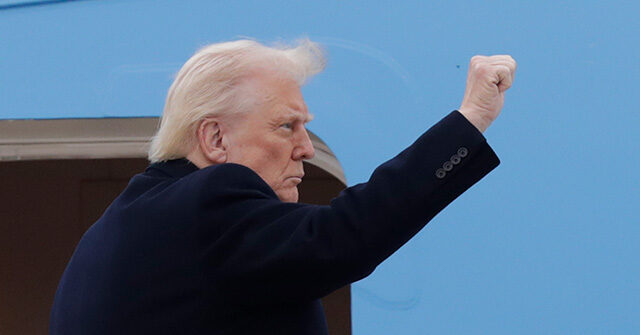The Central Intelligence Agency (CIA) has been working closely with Mexico to conduct surveillance flights aimed at gathering intelligence on drug cartels and fentanyl production. Authorized by the Biden administration, these flights involve MQ9 Reaper drones, which are unarmed and non-lethal. The intelligence gathered is shared with the Mexican government, which has the authority to take action against illegal activities.
The collaboration between the U.S. and Mexico in this initiative is crucial, as both nations aim to combat the growing drug crisis. Former President Donald Trump’s administration continued this program, emphasizing the importance of cooperation between the two countries. The U.S. official stated, “This is not the Pakistan model,” highlighting the partnership aspect.
Felipe de Jesus Gallo, head of Mexico’s Criminal Investigation Agency, noted the country’s history with methamphetamine production. At a U.S.-Mexico conference on synthetic drugs, he stated that Mexico has been at the forefront of meth production since the 1990s and is now a major player in fentanyl manufacturing. His remarks underline the ongoing challenges both countries face in addressing drug-related issues.
Mexican cartels have been using precursor chemicals from China and India to manufacture fentanyl, which is then smuggled into the United States. This synthetic opioid is responsible for approximately 70,000 overdose deaths annually in the U.S. While fentanyl abuse is not as prevalent in Mexico, methamphetamine addiction continues to be widespread.
Gallo explained that the production of methamphetamine in Mexico has reached an industrial scale. Cartels are no longer limited to rural areas, as they expand production to various states across the country. “Believe me, methamphetamine production has become industrialized,” he said, pointing to areas like Sinaloa, Sonora, Hidalgo, Puebla, and Jalisco.
The sophistication of the meth trade has allowed Mexican cartels to export the drug globally, reaching markets as distant as Hong Kong and Australia. The profitability and scale of the operation have made it challenging for authorities to detect and intercept drug shipments. Meanwhile, fentanyl production, although smaller in volume, remains a significant concern.
In a significant bust in 2023, soldiers seized over half a million fentanyl pills in Culiacan, marking what the army described as the largest synthetic drug lab found to date. The operation also uncovered 282 pounds of powdered fentanyl and 220 pounds of suspected methamphetamine, showcasing the scale of drug trafficking activities.
The ongoing efforts to dismantle drug networks are critical to curbing the flow of dangerous substances into the U.S. and beyond. The collaboration between the U.S. and Mexico underscores the necessity of joint action in tackling the drug crisis. As both countries continue to work together, the hope is to achieve significant inroads in the fight against drug cartels.
The challenges are immense, but the resolve of both nations remains strong. With continued surveillance and intelligence sharing, there is potential for substantial progress in disrupting these illicit operations. The issue of drug smuggling is complex, requiring sustained efforts from both sides of the border.
Authorities remain vigilant in their mission to combat drug trafficking and dismantle criminal networks. As they adapt to the evolving tactics of cartels, the importance of international cooperation cannot be overstated. The shared goal is to protect communities from the devastating effects of drug addiction and trafficking.
The scale of production and distribution of methamphetamine and fentanyl underscores the urgent need for action. With technological advancements and strategic partnerships, there is an opportunity to make significant strides in this ongoing battle. The commitment of both nations to address these challenges is a testament to their dedication to public safety.
As the fight against drug cartels continues, the focus remains on intelligence gathering and cross-border collaboration. The joint efforts aim to disrupt supply chains and reduce the availability of harmful substances. The determination to succeed in this mission is unwavering, as the stakes are too high to ignore.
The collaboration between the U.S. and Mexico serves as a model for how countries can work together to address shared challenges. By pooling resources and expertise, there is a greater chance of achieving meaningful results. The path forward is clear: continued cooperation and innovation are essential to overcoming this crisis.
In this complex landscape, the role of technology in surveillance and intelligence gathering is more important than ever. Drones and other advanced tools offer new ways to monitor and address criminal activities. The integration of these technologies into existing efforts is a crucial step in enhancing the effectiveness of anti-drug operations.
The commitment to tackling drug trafficking is evident in the proactive measures being taken by both countries. As they confront the challenges posed by cartels, the focus remains on protecting citizens and promoting security. The shared resolve to combat this issue is a testament to the strength of U.S.-Mexico relations.
The future of this collaboration holds promise, as both nations continue to work towards a common goal. The dedication to eradicating drug trafficking and reducing its impact on society is unwavering. Through sustained efforts and strategic partnerships, there is hope for a safer and healthier future for all.




Find them and burn them out.